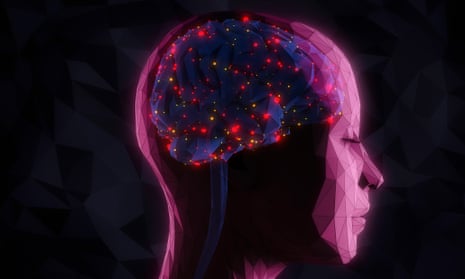Internet search has become a ubiquitous and embedded feature of daily life – something we take for granted to find out everything from a recipe to a location on a map, from the door times for the theatre to the latest articles from the Times of India. Indeed, it creates possibilities and shapes our lifestyles and is even shaping us – the ‘Google effect’ is literally changing the physiology of our brains as we have a lesser requirement to remember factual information.
However, despite its influence in our daily lives, there remains a fundamental difference between how we perceive the world and how ‘search’ as a concept has developed into the search engines we know today, which are predicated on knowing the right question to ask or being able to describe what you are looking for.
Semantic search is a step towards solving this problem but it’s reliant on the understanding and eloquence of the user – to find what you’re looking for you still have to describe it accurately. Sound easy enough? Look around you now and try an online search for the mug on your desk, the shoes of the person standing in front of you in a queue or the exotic fruit on a poster in your office. You might find a mug, a shirt or a fruit but probably not those you’re seeking, simply because text-based search engines can’t properly factor in the specific context of your query.
And there’s the challenge: as humans, we discover our world through our senses, led by sight. This is no surprise when we consider that a huge proportion of the human brain is dedicated to visual processing. Our ability to contextualise what we see, hear and taste into objects and concepts we can identify, recognise and be inspired by, is perhaps our most powerful skill. When we’re not sure of what something is, we’ll ask others and when we can’t describe it, we might point at it – just as we’ve done since we were infants.
In parallel, the internet of things is fast becoming the internet of everything. Smartphones, connected devices and personalised data-driven utilities are creating an expectation that we can have amazing, fulfilling experiences whenever and wherever we want. How does this then apply to search? It’s obvious that we need a new way. One which brings context to search, to make it more multisensory, so we don’t have to know the right words to get what we want, so we can use objects and other visual clues to satisfy our curiosity and answer our questions.
What we need is a visual browser for the world around us – a way of pointing at things which inspire thoughts and questions, giving us a rich, engaging means to find out what we don’t know, and those things we didn’t know how to search for using mere words.
Visual browsing sits at the heart of discovery in the internet of everything. It has the potential to bring the world to life around us, adding a story to every thing we see and the ability to sate our curiosity in every moment. Visual browsing is the most ‘native’ search engine there is, being based on context alone, driven by visual cues, location, time of day and the interests of the user, and not biased or limited by the understanding or vocabulary of the user.
This will give us the ability to satisfy our curiosity more of the time – to visually search for the answers to the questions that intrigue us every day; to truly take search into the realm of ‘discovery’.
We’re the most curious of species on the planet – it’s what’s got us to where we are today. The next generation of search must reflect this.
Ambarish Mitra is chief executive of Blippar
To get weekly news analysis, job alerts and event notifications direct to your inbox, sign up free for Media Network membership.
All Guardian Media Network content is editorially independent except for pieces labelled ‘Advertisement feature’. Find out more here.
